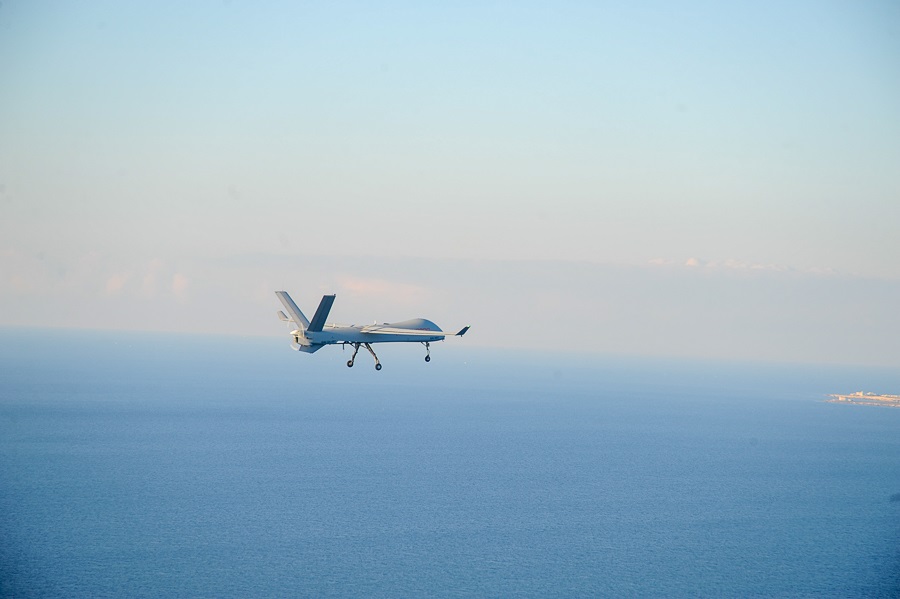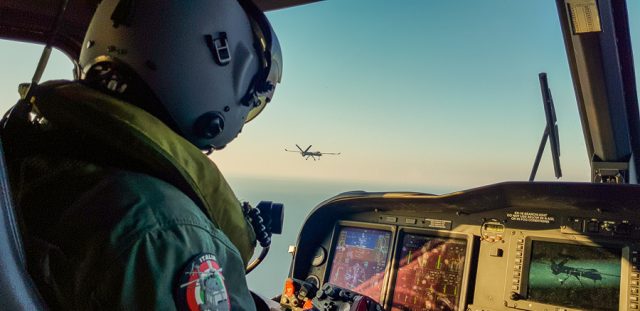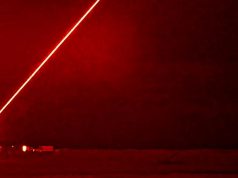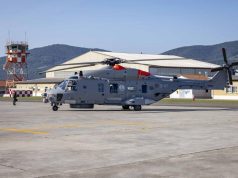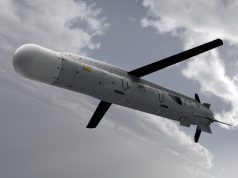Falco Xplorer, the largest unmanned aerial vehicle ever developed by Italian defense technology company Leonardo, performed its maiden flight on January 15 after taking off from the Trapani Air Force base.
Escorted by an Italian Air Force HH-139A helicopter, the medium-altitude long-endurance remotely-piloted air system (MALE RPAS) flew over the Gulf of Trapani in a dedicated fly zone, for around 60 minutes and then returned to base, landing safely.
The maiden flight is a significant milestone which has been achieved through technical and engineering support, at the test flight planning stages and with other related activities, by the Italian Air Force Test Flight Centre, Leonardo said in a release.

According to Leonardo, Falco has an endurance of over 24 hours with a max payload of 350kg. With a maximum take-off weight of 1.3 tons and an operating ceiling above 24,000ft, the aircraft is a suitable option for intelligence surveillance and reconnaissance (ISR).
The aircraft will now embark on a series of flight campaigns which will assess the full range of capabilities including its integrated sensor system. These campaigns will also certify the Falco Xplorer against NATO’s airworthiness STANAG 4671.
The Falco Xplorer was first unveiled at last year’s Paris Air Show. Previous Falco variants have been chosen by the United Nations and Frontex, the European border and coastguard agency.
The Falco Xplorer design draws on feedback from these and other Falco customers. It features a sensor suite, which includes the company’s Gabbiano T-80 multi-mode surveillance radar, the SAGE electronic intelligence system, an automatic identification system for maritime missions and an electro-optical (EO) turret.
An optional hyperspectral sensor will allow the Falco Xplorer to monitor pollution and agricultural development. A native satellite link capability allows for beyond-line-of-sight operations.
